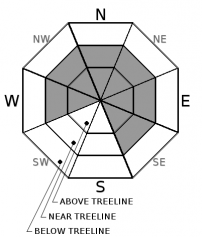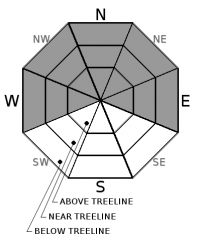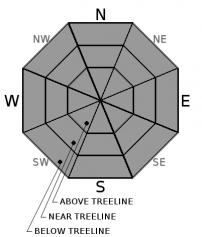| Saturday | Saturday Night | Sunday | |
|---|---|---|---|
| Weather: | Snow in the morning changing to rain in the afternoon as snow level rises to ~8000 ft. | Rain and snow mix with mostly rain after midnight. Snow levels rising to ~9000 ft. | Rain. |
| Temperatures: | 34 to 39 deg. F. | 33 to 38 deg. F. | 40 to 45 deg. F. |
| Mid Slope Winds: | South shifting to the west in the afternoon | Southwest | Southwest |
| Wind Speed: | 15 to 20 mph with gusts to 30 mph increasing to 20 to 30 mph with gusts to 40 mph in the afternoon | 15 to 25 mph with gusts to 40 mph | 20 to 35 mph with gusts to 60 mph |
| Expected snowfall: | 4 to 10 | Snow: up to 3 in. | Rain: 1.5 to 3 | Rain: 3 to 6 |
| Saturday | Saturday Night | Sunday | |
|---|---|---|---|
| Weather: | Snow. Snow levels near 8000 ft. | Rain and snow mix. Snow levels rising to ~9000 ft. after midnight | Rain with some heavy wet snow above snow level. Snow level ~9000 ft. |
| Temperatures: | 32 to 37 deg. F. | 30 to 35 deg. F. | 37 to 42 deg. F. |
| Ridge Top Winds: | South shifting to west in the afternoon | Southwest | Southwest |
| Wind Speed: | 30 to 40 mph with gusts to 60 mph increasing to 35 to 55 mph with gusts to 80 mph in the afternoon. | 30 to 45 mph with gusts to 70 mph | 45 to 65 mph with gusts to 105 mph. |
| Expected snowfall: | 6 to 12 | Snow above snow line: 10 to 18 in. | Rain below snow line: 1.5 to 3 | Snow above snow line: 15 to 30 in. | Rain below snow line: 3 to 6 |




























